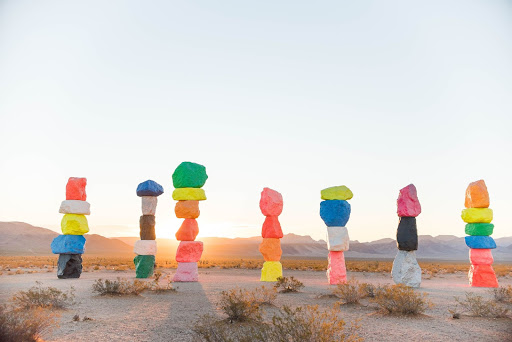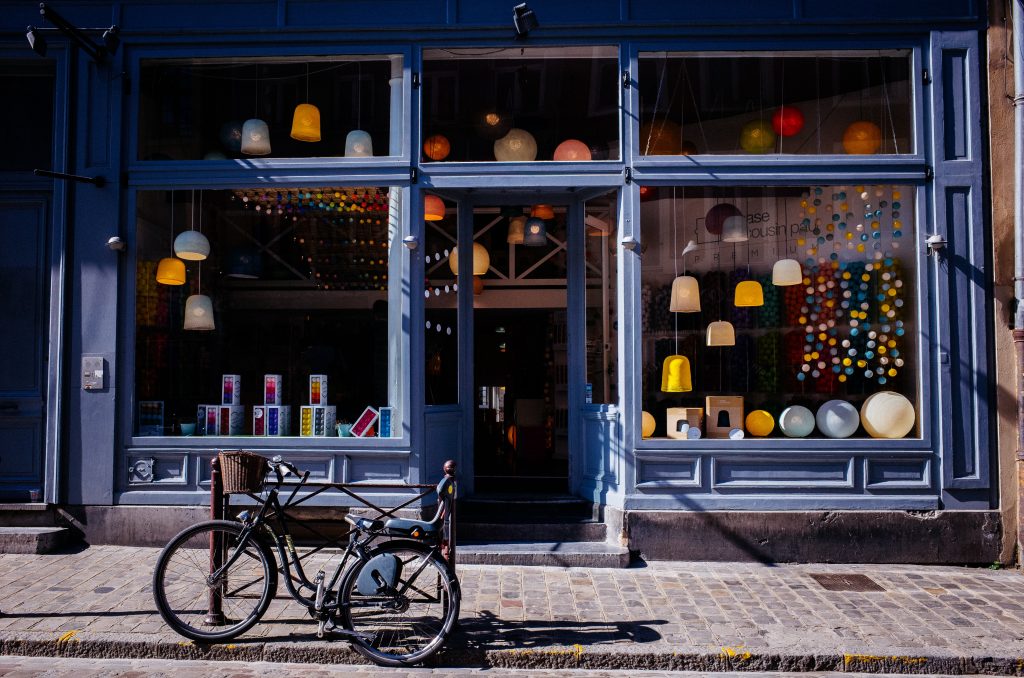
Six Common Marketing Mistakes Made by Small DMOs
Plus some constructive criticism 🙂
Ease of restrictions on domestic and international travel is driving a resurgence in tourism revenue, but destinations that aren’t jumping back into the game are going to be leaving that revenue on the table. While the major destinations are already well underway with their marketing recovery, small to mid-size DMOs may not know where to get started.
So, what’s the first step? A quick self-audit to see if you’re falling victim to some of the most common marketing mistakes made by small to mid-size destinations.
OVERVIEW
- Missing an Up-to-Date Media Library
- Treating Social Media Like PR
- Inadequate Communication with Local Businesses/Organizations
- Value Proposition as a Laundry List
- Need More Analytics
- Not Doing Enough to Promote Your Events
Mistake #1: Missing an Up-to-Date Media Library
Every industry revolves around engaging photo/video content, but the travel vertical lives and dies by it. Capturing and cataloging high-quality images and video of your destination’s attractions, businesses, and events is absolutely essential for bringing in visitors. It’s the backbone of everything from local PR, to TV coverage, to social media engagement.
And yet, it’s also the most commonly overlooked issue for smaller destinations, simply because it can be costly, time-consuming, and needs to be constantly updated and refreshed. Regardless of your destination’s marketing budget, it’s important to set aside resources for this content – be it original production or, if that’s not achievable, creating a system for sourcing and getting permission to share high-quality content created by visitors or local businesses.
Key consideration: don’t ignore new content formats! Not all video has to be the standard “wide screen” 16:9 format. Instagram Reels, in particular, offer a powerful channel for increasing reach, but require 9:16 “tall” video content; a format that is often completely overlooked by smaller destinations.
And speaking of social media…
Mistake #2: Treating Social Media Like PR
Don’t forget to put the “social” in “social media.” If you’re understaffed, it’s easy to treat your social media channels like an extension of PR. In other words, using social media exclusively to post news, updates, and promotional announcements.
This is a trap, and the text-heavy graphics and content will lead to a largely unengaged following and limited expanded reach through the algorithm.
Social Media is not a PR platform. Its primary role for destination marketers should be as a visitor engagement platform and analytics tool. The fact that it is so interactive makes it a terrific place to gather both positive and negative feedback from visitors, to encourage the sharing of high quality content, and to attract visitation from influencers and groups who have large established followings of their own.
Another great use of social media? Boost revenue by focusing on a spending agenda! Don’t just feature a bunch of sunsets on your instagram page, make sure to share & promote content from local businesses so visitors get inspired on how to spend when they visit: where to stay, what to eat, and where to shop!
Which leads us to the next big mistake…
Mistake #3: Limited Communication with Local Businesses
For smaller destinations with limited marketing resources, it is a tremendous asset to have a strong local business community.
Not only do local business owners interact with visitors on a daily basis, (meaning they can offer invaluable insights that can inform future decisions), but they are the most motivated and engaged partners you can have driving more foot traffic to your destination!
Create networking programs and shared tools to ensure an open line of communication & collaboration between the city and between the business owners themselves to coordinate promotions, news, and events. If one business is able to attract more visitors, it helps everyone in town!
As an added bonus, regularly communicating with local businesses will also foster a collaborative atmosphere aimed at the goal of continuously improving the visitor experience.
Lastly, business owners should be encouraged to prop each other up on social media through re-posting and tagging one another further increasing the destination’s overall reach on social media

Photo by Artem Gavrysh on Unsplash
Mistake #4: Value Proposition as a Laundry List
For smaller destinations, your internal tourism marketing or economic development team is likely made up of passionate locals; the kind of people who know every inch of the town and all its history.
This is a double edged sword, because while this team is a terrific source of knowledge for prospective visitors, they sometimes struggle to see the destination through the eyes of an outsider.
Most often, this challenge manifests in what we call a “laundry list” value proposition when describing your destination. There are probably five hundred different amazing things about your home, and you want people to know about all of them:
- Great hotels
- Delicious restaurants
- Luxury shopping
- Local history
- Great parks
- Music scene
- Art scene
- Friendly locals
At a certain point, you lose the forest for the trees. Your destination’s unique identity & experience becomes hard for new visitors to grasp.
If it helps, this article on Cultural Anthropology for Destination Marketers includes some quick and easy exercises you can do to get your value proposition more on point, and to get your team, stakeholders, and local businesses all on the same page.
The best thing you can do is perform a more in-depth Gap Analysis and Opportunity Assessment (like a SWOT Analysis), to reveal areas of competitive advantage with other destinations, and to align the value of your destination with the wants & needs of visitors.
Mistake # 5: Incomplete Data/Analytics
How do you measure marketing success? At the end of the day, it of course comes down to incremental (new) TOT and sales tax revenue – but in the real world that’s not always easy to attribute directly to marketing efforts (especially on a limited budget).
On the other hand, you don’t want to just look at abstract “vanity metrics” like the number of ad impressions you’re serving. It’s important to work with your marketing partners to come up with a detailed system for tracking KPIs (Key Performance Indicators), that simultaneously:
- Paints a complete picture of the effectiveness of different marketing campaigns and programs
- Is easy to share and communicate with the many non-marketing people involved in the process
Why is this such a big deal? Well, other than the obvious (as stewards of public funds, you’ll have to prove you’re responsibly managing your budget), this data is how you see what’s working and what’s not – which should inform changes to your marketing messaging, audience targeting, and how your budget is allocated moving forward.
Mistake #6: Not Doing Enough to Promote Your Events
With pandemic restrictions no longer putting a damper on local events & gatherings, events are going to be the straightest pathway to local press coverage and impulse-based visitation. For visitors, a scheduled event is the difference between, “I want to go there someday,” and “I need to go there this weekend.”
Regularly hosting events can attract day trippers & overnighters, but also encourages locals to sign off of Amazon and patronize your downtown businesses. Events can aid in building brand awareness and identity, as well as make great PR and social media content. Evaluate the number of events that occur in your town annually and see if there is an opportunity to fill some gaps, particularly in the midweek and off season.
Equally important is having a plan in place to promote your events. Major events tend to be easy targets for press coverage, but we also like to set up a system to promote smaller events through local media event calendars – an always-on tactic that tends to be one of the most cost-effective PR activities available to smaller destinations.
And, not to repeat myself, but the key to getting press pickup and driving attendance for your events is high-quality photo video of past events, the venue, etc. We also work to collaborate with local businesses and organizations to help promote your event by providing them with print materials to distribute around town.
The last thing you want to do is throw a party that nobody shows up to!
Does Any of this Sound Familiar?
Did you find yourself answering yes to any of the above? Don’t worry, you’re not alone! It’s tough getting marketing operations running smoothly for small to mid-size DMOs, but at CDA we’ve been successfully doing it for years.
If you’d like to chat with us about finding new opportunities to increase TOT and sales tax revenue for your destination, don’t hesitate to reach out. We’d love to chat!